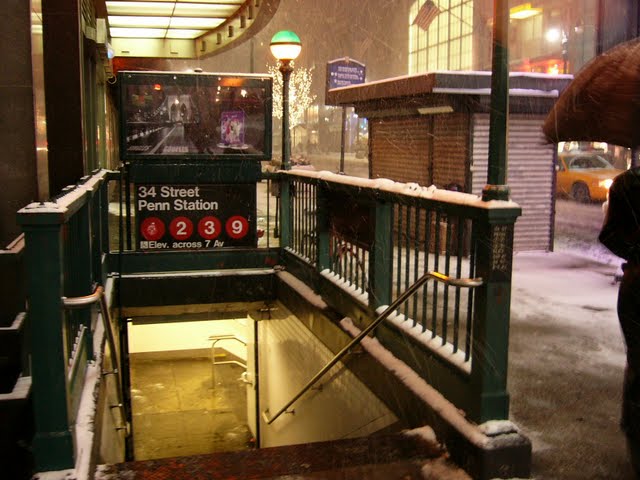
WHITE PLAINS — The thieves were voracious, filching flat-screen televisions and computer games, purloining iPods and DVDs, even making off with a box of liquor and a set of car rims in a burglary two weeks ago at an apartment three young people shared here. Luckily, they also took two laptop computers.
Skip to next paragraph
White Plains Police Department, via Associated Press
One of the laptops was a Macintosh belonging to Kait Duplaga, who works at the Apple store in the Westchester mall and thus knows how to use all its bells and whistles. While the police were coming up dry, Ms. Duplaga exploited the latest software applications installed on her laptop to track down the culprits and even get their photographs.
On Wednesday, the police arrested Edmon Shahikian, 23, of Katonah, and Ian Frias, 20, who lives in the Bronx. Virtually all of the property stolen from the apartment was recovered at the two men’s homes. They face charges of burglary and possession of stolen property; Mr. Shahikian was released on $3,500 bail, while Mr. Frias was at the Westchester County Jail, held in $7,500 bail.
“It doesn’t get much better than their bringing us a picture of the guy actually using the stolen property,” Daniel Jackson, the deputy commissioner of public safety in White Plains, said in a telephone interview on Friday. “It certainly made our job easier. The fact that they knew who these guys were certainly added solvability.”
The high-tech solving of the White Plains burglary, which was reported Friday in The Journal News, is one of several recent cases in which the police and crime victims have turned the keyboards on their adversaries, so to speak, taking advantage of computer software and other high-tech tools.
In March in Modesto, Calif., for example, the police recovered a stolen computer containing vital personal information, including Social Security numbers, belonging to the public school system’s 3,500 employees. Detectives used tracking software on the computer to apprehend a suspect, who had a long criminal record. The police said he had stolen the computer from a data processing firm, perhaps with the intention of committing identity theft.
Here in White Plains, a break in the case came on Tuesday when a friend of Ms. Duplaga’s sent her a congratulatory text message on the return of her stolen computer. “She said, ‘I don’t know what you’re talking about,’ and her friend said, ‘Well, you popped up as being online,’ ” Mr. Jackson said.
He said that Ms. Duplaga immediately signed on to another Macintosh computer and, using a feature called “Back to My Mac,” was able to gain access to her missing laptop remotely. She could see that that the person who had her computer was shopping for beds, Mr. Jackson said. Then it occurred to her that she could activate a camera on her laptop and watch the thief live.
At first, the photo application revealed only a smoky room and an empty chair, Mr. Jackson said, but then a man sat down. Ms. Duplaga, again using remote technology, typed in the command to snap a photo. “When you take a picture with that computer, it shows a countdown, and when it does, this guy figures out what’s going on,” Mr. Jackson said. “It all clicks for him, and he puts his hand up to cover the lens, but it was too late. She had already taken the picture.”
Had the suspect been a complete stranger, the photographic evidence would have been a “great lead,” but not the decisive clue, Mr. Jackson said. He said that when Ms. Duplaga described the tattooed subject of the picture to one of her roommates, the roommate replied: “Oh, I know exactly who that is — it’s Ian,” referring to Mr. Frias.
Mr. Frias and Mr. Shahikian, it turns out, had been among the guests at a party at the apartment weeks before, and were friends of friends of the victims, as Mr. Jackson put it. Ms. Duplaga was able to retrieve a photograph of Mr. Shahikian from the laptop as well, but Mr. Jackson was not aware of the circumstances. Mr. Jackson said that Mr. Frias and Mr. Shahikian were arrested last year on a felony marijuana possession charge, but are not career criminals. The disposition of their cases was not known.
Mr. Jackson said that Ms. Duplaga did not wish to be interviewed. On Friday, no one answered the door at the beige colonial-style house on Ridgeview Avenue where she rents an apartment diagonally opposite a church. The neighborhood is on the edge of the city’s downtown; in recent years, many of the prewar homes have been renovated.
An Apple spokesman declined to comment on the case or on the phenomenon of tracking criminals through computer software.
“Back to My Mac” is part of an online service that costs $99 per year and allows users to gain access to their personal computer from any connected Macintosh computer with the operating system Leopard. The software that Ms. Duplaga used to take a picture of the thief, called PhotoBooth, is standard on all newer Apple laptop models, perhaps an unintended new frontier in crime-fighting.
“It’s certainly a great use of what was probably meant as a business product,” Mr. Jackson said. “But if she had taken the picture and didn’t know who he was, we wouldn’t be in the same place as far as the investigation goes.”
More Articles in New York Region »











No comments:
Post a Comment